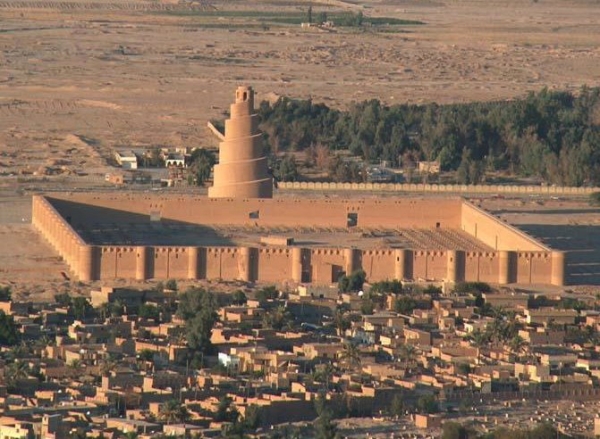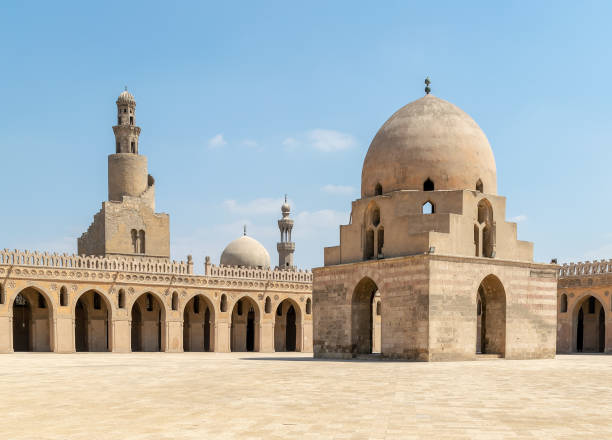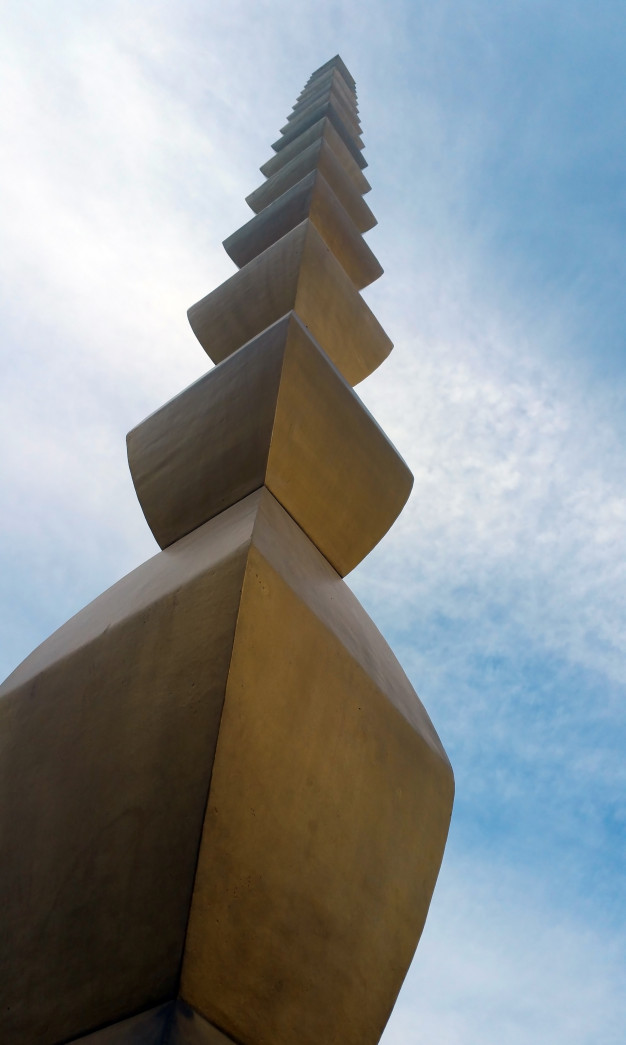Going back to the ancient Egyptian artist who was influenced by the legend of the creation of the universe, watching the Milky Way in the sky, and his belief in god Ra; he illustrated the sky as a beautiful woman whose body was inlaid with stars and called her Nut. He also imagined the Earth as a reclining man called Geb; both were the children of the god of wind and air Shu and the goddess of moisture Tefnut. When Nut and Geb married, Osiris, Isis, Set, and Nephthys were born, until their father Shu separated them. The artist imagined him a man holding the sky with his hands, wearing a crown with a feather symbol.
In many ancient Egyptians tombs, the ceilings are decorated with the color of water at night and studded with stars, as if the mother is protecting with her body the deceased in their graves. If you gaze at the sky on a winter day with the clouds filling the sky and sunlight penetrating them, you will notice this hierarchical shape that the ancient Egyptian artist imagined as the hand of Ra spreading goodness and growth in Earth. This was also the inspiration behind the construction of the Great Pyramids, one of the Seven Wonders of the Ancient World; some scientists confirm the consistency of the Pyramids construction with the position of some stars in the sky. The ancient Egyptian artist also carved numerous obelisks that stand vertically with pyramidal tops, as if pointing to the sky.
With the descent of Abrahamic scriptures through the Prophets emerged the human belief and understanding of God creating the Earth, the Sky, and Adam—peace be upon him—and how Adam and his wife descended from Heaven to Earth, strengthening the human belief that heaven is in the sky, which increased humans' affinity to and bond with the sky. As a result, cathedral towers and mosque minarets penetrate the sky, as if elevating the people's voice to it; perhaps, the "Malwiya" minaret of Iraq is the best-known example and is considered one of the most important ancient Iraqi antiquities. The minaret of the Great Mosque of Samarra was built by Al-Mutawakkil billāh Abbasi in 237 AH. Its name was derived from its spiral cylindrical shape; it is built with clay at a height of about 52 meters, and surrounded from the outside by a 2-meter-wide spiral staircase that wraps the minaret's body counterclockwise, with 399 stairs. At the top of the minaret, there is a layer that the people of Samarra call the "Gown", which the muezzin ascends to call for prayer.

The famous minaret of the Ahmed Ibn Tulun Mosque in Cairo was inspired by this spiral minaret. The paths of Old Islamic Cairo included numerous minarets elevating the people's voice to the sky, the most famous of which is the minaret of Al-Azhar Mosque, the double minaret, which was built during the reign of Qansuh al-Ghouri, closely resembling the shape of human hands held up for dua. Likewise, the minaret of Al-Hussein Mosque, which is a cylindrical minaret ending with a cone, is similar to a pencil or a rocket, as if awaiting departure to the sky. Perhaps the balconies that adorn mosques are what most express the desire to communicate with the sky. The most important and most famous such balconies are those in the Ahmed bin Tulun Mosque, which resemble paper dolls “arais”, raising their hands in prayer and supplication to God, as well as the Sultan Hassan and “Al-Hakim bi-Amr Allah” balconies, which represent decorative patterns symbolizing the connection between Sky and Earth.

Until now, the relationship between Sky and Earth continues to inspire artists; one of the most famous such artworks is the work of the Roman artist Constantin Brancusi entitled Endless Column, because it is the best evidence of the artist's passion for the connection between Sky and Earth. The artwork is a 30-meter-high column consisting of 17 equal-angle geometrical shapes, as if carrying the Sky and connecting us to it.

Today, we are witnessing a daunting amount of huge architectural buildings known as skyscrapers, through which countries compete to build the tallest buildings; perhaps the most famous is Burj Khalifa in the United Arab Emirates with a height reaching about 828 meters, and the Mekka Clock Tower in Saudi Arabia with a height of 601 meters (you may be interested to read the list of the tallest buildings in the world on Wikipedia). As time passes, we realize that humans are always seeking to reach for the Sky and to connect it to Earth.

References
maghress.com
ngmisr.com
youm7.com
The original article was published in SCIplanet, Spring 2020 issue "Dualities of Life: The Earth and The Sky".